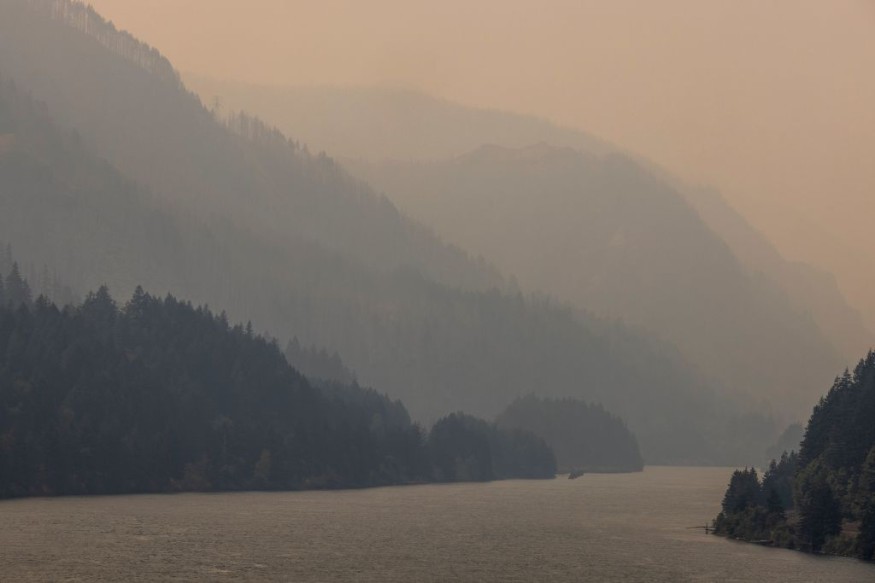A mid-May heatwave will expand to 2,000 miles (3,218 kilometers) from Texas to Maine this week, according to the latest heatwave weather forecast.
Scorching heat will reportedly impact the Midwest and Northeast regions of the United States, as well as southeastern Canada.
Rising temperatures emerge following a barrage of severe weather conditions and winter-like weather in some parts of the US since April and until the early days of May.
While the US spring season is approaching its end, the forecasted extreme heat highlights the changing weather patterns brought by climate change and global warming.
Heatwave Weather Forecast

AccuWeather acknowledged there is already a change in the weather patterns in the US.
This is based on the sweltering heat with highs of nearly 100 degrees Fahrenheit in the South Central states, the 90s in parts of the Midwest, and the 80s in some areas of the Northeast.
The record-breaking heatwave will have the potential to challenge all-time highs as far as the late 1800s, relatively in some cases, says AccuWeather.
The measurements were based on the climatic conditions in central-northwestern Texas this previous weekend as temperatures soared up over 100 degrees, including in the areas of Abilene, Del Rio, San Angelo, and Amarillo.
The climate change crisis came into the picture as the said heatwave forecast is only typical in late July for The Lone Star State.
Meanwhile, other parts of the country such as Frederick, Oklahoma, and Naples, Florida, have also experienced record-high temperatures over the recent days.
US 2012 Heat Wave
The National Oceanic and Atmospheric Administration (NOAA) defines heatwaves as a "serious weather phenomena" and can be life-threatening; citing an example in the US back in late June and early July 2012 where over 8,000 warm temperature records were either broken or tied the unchallenged hot temperatures since the 1930s.
During last year's period, the NOAA said roads "buckled" in Chicago, Illinois, while a significant number of deaths were attributed to the heatwave nationwide.
Similar to traffic jams, the US meteorological agency explains heatwaves are formed when warm or hot air is trapped in the air. In the case of the 2012 heatwave, this air was reportedly trapped over most portions of North America for a prolonged period of time.
The NOAA added the phenomenon was caused by a high-pressure system from Mexico between June 20 and June 23 that year, migrating to the north with its growing size and "parked" itself over the Great Plains region of the US.
US Energy Sector
The US energy sector was put into question regarding its capability to withstand unprecedented heatwave caused by climate change and global warming.
In July 2021, NBC News reported that scorching temperatures and the drought in the Western US have exposed how future extreme weather events will push the energy sector and power system to the edge.
The US media agency also underscored the extreme heat and drought last year challenges the country's increasing demand for energy to address climate change, as well as tested US power grids.
According to the U.S. Energy Information Administration (EIA), the heatwave in late June 2021 in the Northwest US has resulted in additional demand for electricity, after severely affecting the following areas; Portland, Oregon; Boise, Idaho; and Ephrata, Washington.
© 2025 NatureWorldNews.com All rights reserved. Do not reproduce without permission.





